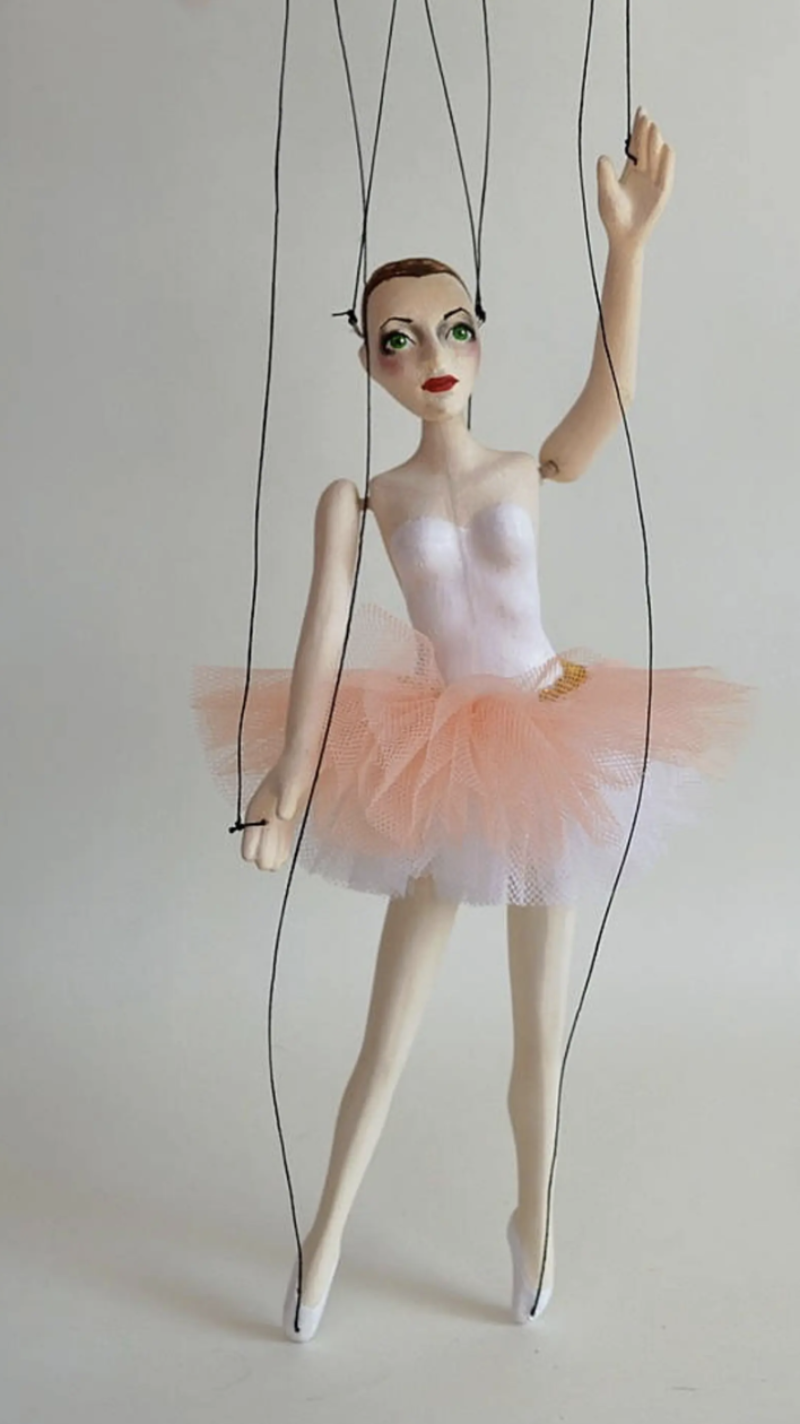Easier
A list

Handel ~ Allegro in F (A3). A straightforward bit of Baroque fun! I would approach the teaching of this piece by having fun through some scale playing games. 'Let's play F major one octave ascending like this...now the left hand at the same (quick) tempo. Now the same with C major...and G major. Now let's do C major starting on the dominant for one octave...' Hopefully, for those who have learned and retained their knowledge of scale playing, this will come as a huge advantage when putting this piece together.
Here's Robert Thompson having fun, from the ABRSM Grade 4 recordings:
Beethoven ~ Allegro assai (A5) taken at a slightly more sedate tempo can give opportunities that a quicker tempo does not. Compare these three extracts. Whilst tempo is a factor of influence, the finesse in the phrasing itself is what makes the first two stand out from the third:
Buxtehude ~ Saraband (A6). The saraband is traditionally the moment for expressive introspection within the Baroque suite. This is no exception, although the notes themselves are not difficult to learn. More importantly, how do you make musical sense of the score? It would be easy for the constant quaver momentum to sound rather more like a meaningless perpetuum mobile than a poignant expression of dolour. The clue lies in knowing where the melody is heading with its sequential sighing phrases - something you can hear really well in Richard Uttley's playing (ABRSM Grade 4):

Gurlitt ~ Allegretto scherzando (A8). What a delightful piece! Bearing in mind the Allegretto nature, rather than Allegro, the music has sufficient time and space to flow with a simple, yet gently shaped, eloquence. Previous years of diligent scale practice will be rewarded as the right hand patterns roll effortlessly from the fingers!
Heller ~ Study in A minor (A10). This may not, on first hearing, appear to be an easier category piece. A lot of that depends, again, on how well one's scales are known. Once viewed from this perspective the flow of notes should be fairly easy to assemble. The end will need some careful sorting out and, as with most learning of new repertoire, be prepared to practise up to tempo in small bits, gradually adding bars to those bits.
Berg ~ Allegro (A11) is a charming piece with plenty of appealing sequential patterns, calling for some ornamentation, which should not be difficult to integrate.
Burgmuller ~ Ballade (A12). An old favourite, this should make entertaining learning from both pupil and teacher perspective. It is not intrinsically difficult, lies under the hands really well, and requires disciplined semiquaver playing. Defining the chord playing with consistently crisp articulation, with musical phrasing, will help to boost the quality of its character as well as the marks!
Mozart ~ Rondo in F (A13). Although a fairly lengthy piece, the tempo need not be too quick and is better felt as a three-in-a-bar Allegretto. The patterns lie easily under the fingers. There are opportunities in the middle, tonic key, minor section for a more lyrical, expressive treatment.
_____________________________
B list

Tchaikovsky ~ La nouvelle poupée (B3) is a straightforward piece. Independence of hands is crucial to the achievement of a pleasantly legato singing right hand melody, accompanied by a delicate, detached left hand. Practise the left hand on its own to achieve a longer first quaver chord followed by a lighter and slightly shorter second beat chord. This will help to give the phrasing a certain buoyancy and charm.
Walter Carroll ~ Sunrise (B5) is a typical descriptive piece in Carroll's somewhat nostalgic and romantic 20th century style. There are plenty of opportunities for loud chord playing in the pedal, with more wistful 12/8 sections interspersed in between.
Granados ~ Dedicatoria (B6) is a brief expressive piece that needs careful balancing of the voices to ensure a good top-line cantabile with much quieter inner note triplet textures. A confident legato pedalling technique will help to sustain the expressive lines, which should sound free and flexible in their phrasing.
Khachaturian ~ A little Song (B7) is a fairly simple, expressive piece. It is easy enough, but does need differentiation between right and left hand textures so that the melodic lines can stand out. Care is needed in the latter half so that the syncopated left hand notes of the accompaniment do not become too loud.
Liszt ~ La cloche sonne (B8) is a wistful, delicate piece, good for cultivating an expressive range of quieter tone and gaining consistency of tone control, whilst bringing out melodic lines above much quieter accompanimental passages.
Mendelssohn ~ Andante (B9). This sensitive arrangement works well for solo piano and, for sources of inspiration regarding its phrasing, you can enjoy this extract with Itzhak Perlman as soloist:
Heather Hammond ~ Once Upon a Frozen Winter (B11) is quite a long piece, although its meandering lyrical lines have a certain charm. Providing the right hand lines are well projected and phrased in a supple way, the mood will follow. Pedal is essential, so having a comfortable grasp of legato pedalling is fairly crucial to musical success here.
Hummel ~ Romance in G (B12) is one of the easier pieces of this section. It is musically straightforward and will be enhanced with a gentle right hand projection and quieter left hand triplets. Additional touches of pedal at cadence points, and where longer lyrical notes may suggest, will add a suitable warmth to the texture.
_____________________________
C list

Bartok ~ Pentatonic Tune (C1) - an opportunity for a good romp! The most challenging aspect of this piece is the rapid hand position changes in the final three lines. The tempo needs to be taut and the playing accurate and at a healthy tempo too. Be sure to observe all the tenuto marks as slight stresses, wherever they occur in the tune.
Alison Matthews ~ Buried Rubies (C5) is a relatively easy piece with an atmospheric musical effect, asking for a quiet, chiming chordal accompaniment with a projected cantabile melody in the other hand. It spans the keyboard and is an appealing, expressive piece.
Martha Mier ~ Worrisome Blues (C6) is an easy straight 8s swing style blues with a mournful character. Listen to Nikki Iles' beautifully simple yet flexible singing style of playing (ABRSM Grade 4 recordings):
Kabalevsky ~ Toccatina (B12) is an old favourite. Kabalevsky wrote so well for children. His pieces tend to feature a particular aspect of technique and, here, the focus is on the projection of a left hand legato melody whilst the right hand accompanies that with a series of staccato quaver chords in first inversion. At grade 4, it can come across as an impressive piece to play.
_____________________________
Other content in “Grade 4”
-
Current: Easier
